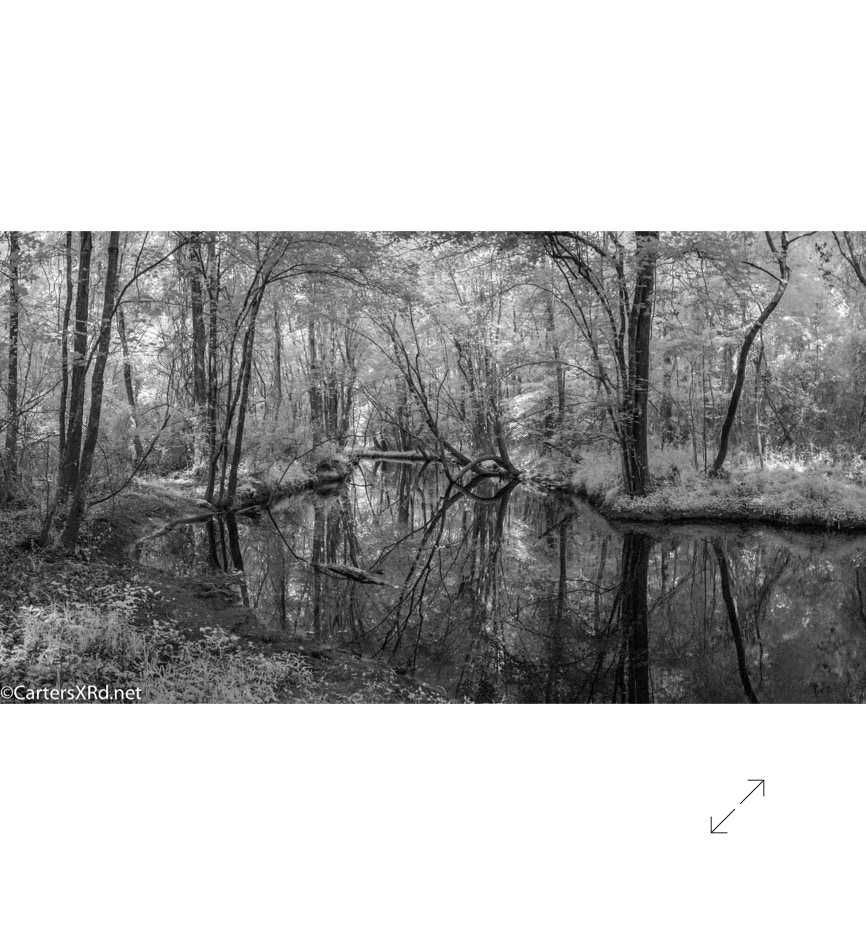Learning about Infra-red
Sometimes I pull back the curtain and share unfinished, alternative, or defective photography. Today, we are going to watch Ric learning something newish. Back in 2006, when Leica built the M8, their first M line digital, there was a defect in its design. Digital sensors can see invisible light in the infra-red portion of the spectrum. A special filter is fitted to the sensor to keep that light invisible. To maximize sharpness, Leica went too thin on that filter and ended up with pictures that looked too magenta in strong infra-red (black polyesters looked horrible). But, sometimes a mistake can become a feature. While technologies (and I) have moved on, my old M8s have found new life as tools of exploration for the infra-red world, showing us the world in something more of the fashion it is viewed by insects. Leaves reflect lots of the invisible red end light, giving them a white look. Blue sky reflects very little, gaining a darker tone. All this changes focus distances and varies wildly in shadow. There’s lots to be learned, putting me in hog heaven experimenting, cursing failures, and celebrating wonderful surprises. You might not be surprised to learn that swamps and creeks are strongly represented in my early explorations. If you have reactions or suggestions, email me.
Hover your cursor over a photo to pause the slideshow. Click any photo to fit it to your screen.

























